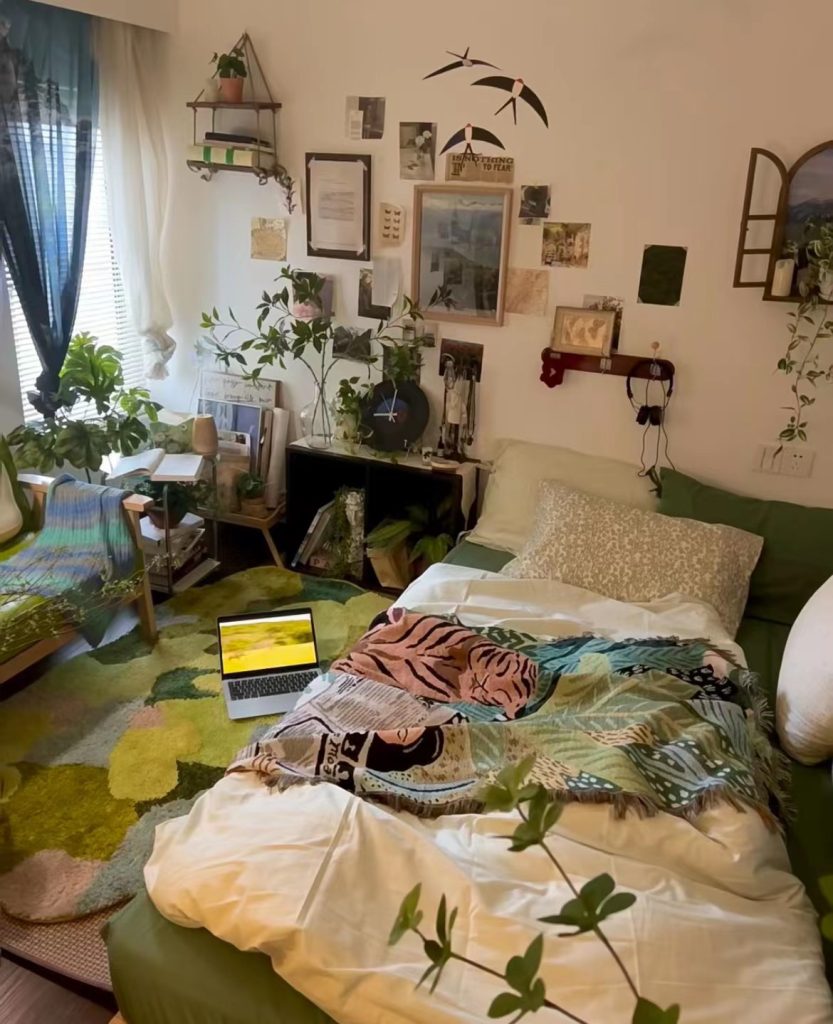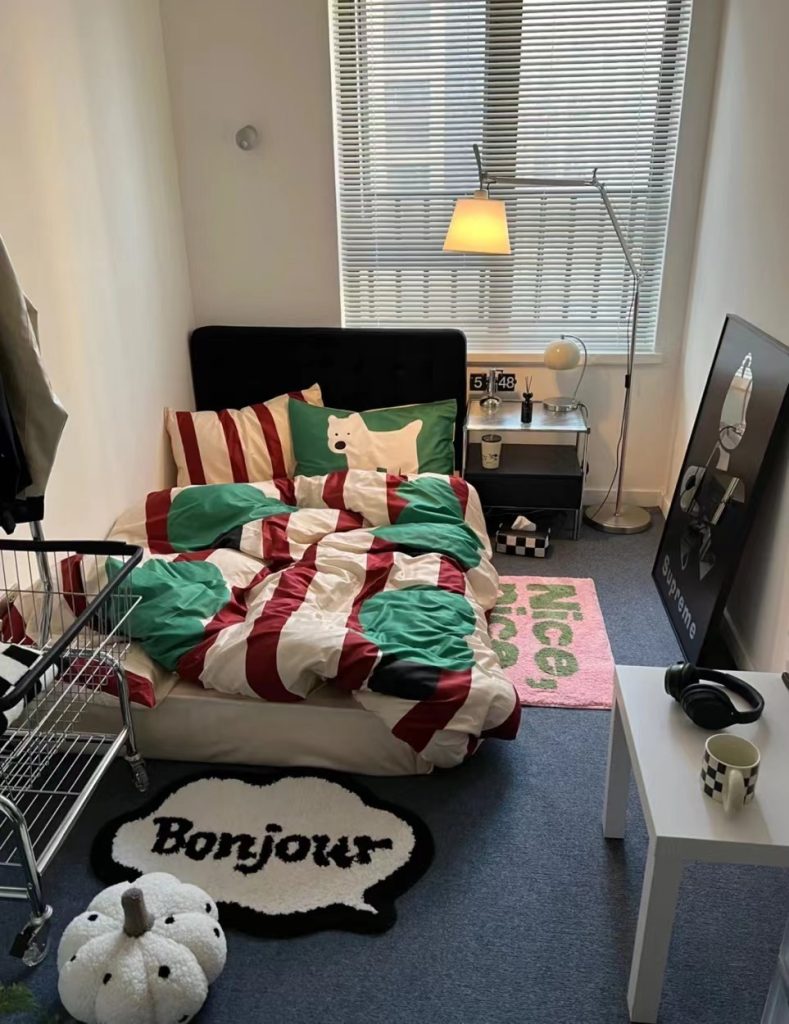The bedroom, often considered the sanctuary of a home, serves as a personal retreat where we unwind, recharge, and find solace from the demands of daily life. Creating a warm and inviting bedroom environment goes beyond mere aesthetics; it contributes significantly to our well-being and quality of rest. In this essay, we will explore the essential elements of a bedroom warming guide, focusing on how to design a space that promotes comfort, relaxation, and a sense of tranquility.

Color Palette and Lighting: Setting the Mood
One of the primary considerations in warming up a bedroom is the choice of color palette and lighting. Soft, muted colors like warm neutrals, gentle pastels, and earthy tones create a soothing ambiance that envelops the room in a sense of calm. Avoid overly bright or intense colors, as they can be visually stimulating and hinder relaxation.
Strategically placed lighting plays a crucial role in transforming a bedroom into a cozy haven. Incorporating a combination of ambient, task, and accent lighting allows for versatile illumination options. Dimmable bedside lamps or wall sconces offer adjustable light levels for different activities, such as reading or winding down. Natural light, if available, can be maximized by using sheer curtains that allow sunlight to filter in gently.

Textiles: Layers of Comfort
Soft and tactile textures are essential for achieving a warm and inviting bedroom atmosphere. Layering the bed with plush throws, cushions, and luxurious linens not only enhances visual appeal but also provides a cocoon of comfort. Opt for materials like organic cotton, bamboo, or linen for bedding, as they are breathable and contribute to a restful sleep experience.
Rugs made from natural fibers, such as wool or jute, add warmth to the bedroom floor and create a sense of grounding. The sensation of stepping onto a soft rug as you get out of bed can be incredibly comforting, especially during colder months.
Furniture Arrangement: Creating Flow and Balance
Thoughtful furniture arrangement is pivotal in establishing a harmonious bedroom layout. A clutter-free space promotes relaxation and allows the mind to unwind. Keep essential furniture items, such as the bed, nightstands, and a comfortable seating area if space allows.
Arranging furniture to encourage natural flow and accessibility is essential. The bed should be positioned in a way that provides a clear view of the room’s entrance and allows easy movement. Nightstands equipped with storage help keep essential items within reach, minimizing the need to get up once you’re settled in for the night.

Personal Touches: Expressing Individuality
Infusing your bedroom with personal touches and meaningful decor items adds character and a sense of familiarity. Incorporate artwork, photographs, or objects that hold sentimental value to create a connection between your personal space and your identity. Introducing elements from nature, such as potted plants or fresh flowers, brings life and vitality into the room.
Consider the arrangement and placement of these personal items to avoid clutter. A well-curated display of cherished belongings can evoke a sense of warmth and nostalgia, enhancing the emotional connection to the space.
Sensory Elements: Engaging the Senses
Engaging multiple senses contributes to the overall warmth and comfort of a bedroom. Scented candles, essential oil diffusers, or potpourri can introduce soothing fragrances that promote relaxation and sleep. Scents like lavender, chamomile, and vanilla are known for their calming effects.
Auditory elements, such as soft music or white noise machines, can create a tranquil auditory backdrop that muffles external disturbances and promotes a peaceful atmosphere. Additionally, incorporating soft, plush textures and fabrics encourages tactile engagement, providing a sense of comfort and security.
Organization and Minimalism: A Clear Mind
A cluttered and disorganized space can hinder relaxation and tranquility. Embracing minimalist principles and practicing regular organization helps maintain a serene bedroom environment. Invest in storage solutions that keep belongings out of sight, ensuring surfaces remain clean and uncluttered.
Regular decluttering sessions prevent accumulation of unnecessary items and contribute to a sense of mental clarity. Prioritize items that contribute to your comfort and well-being, and let go of those that no longer serve a purpose.
Conclusion
Designing a warm and inviting bedroom is a holistic endeavor that encompasses color, lighting, textiles, furniture arrangement, personal touches, sensory elements, and organization. By carefully curating each of these aspects, individuals can create a haven that promotes relaxation, comfort, and restful sleep. As we recognize the importance of self-care and mental well-being, the bedroom warming guide serves as a blueprint for crafting a space that nurtures the body and soul, fostering a sense of balance and tranquility in our fast-paced lives.






